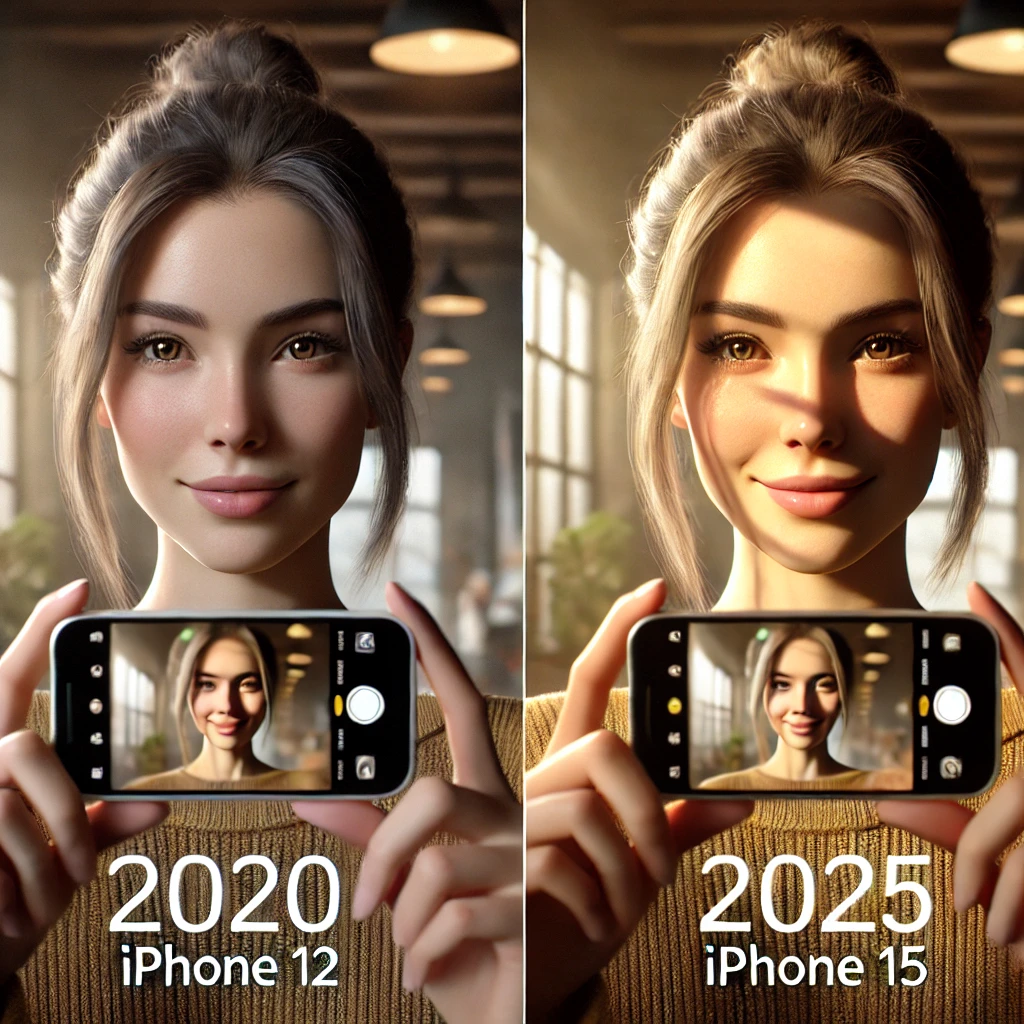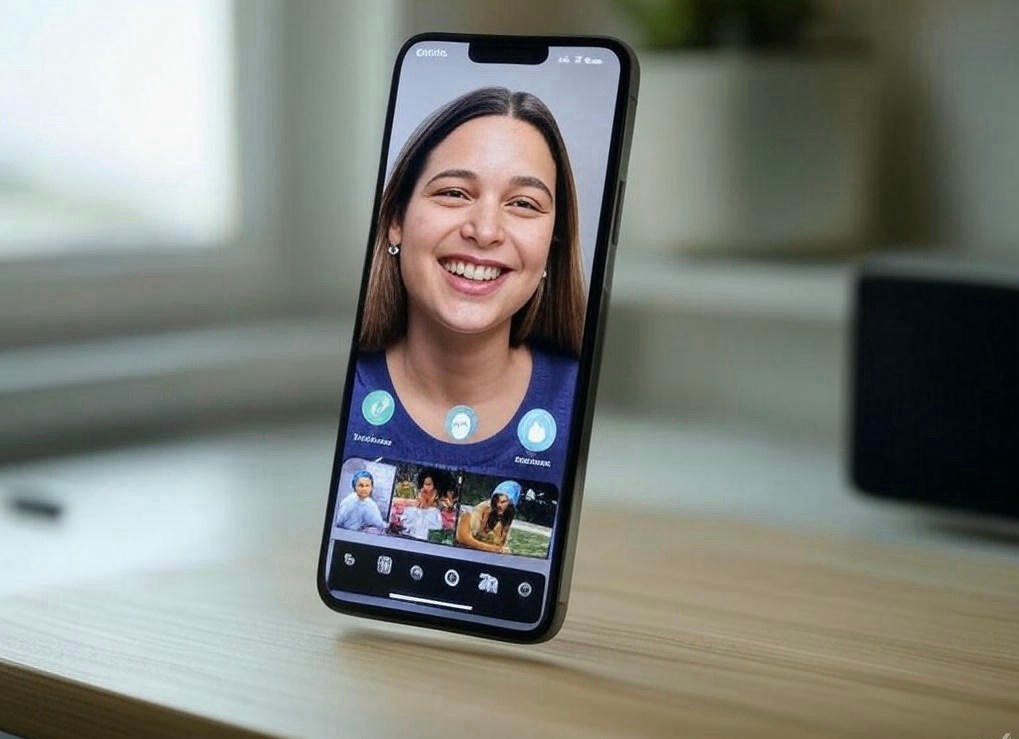Incremental Smartphone Upgrades: Data-Driven Insights Into Why They (Still) Matter
Every year, smartphone brands unveil new models with promises of “faster GPUs,” “brighter displays,” and “smarter cameras.” But for the average user scrolling through Instagram, sending emails, or snapping photos of their lunch, these upgrades often feel… unnecessary. If apps run smoothly on last year’s device and camera improvements are marginal, why do companies keep pushing incremental hardware updates? Let’s unpack the reality behind the hype—backed by data.
1. The Rationale Behind Incremental Upgrades
A. The Tech Industry’s Growth Engine
Smartphone brands operate in a hyper-competitive market. To stay relevant, they must release annual updates—even if the changes are subtle. The global smartphone market generated $409 billion in revenue in 2023 (IDC), with premium devices (e.g., iPhones, Galaxy S-series) driving 60% of profits despite representing just 20% of shipments (Counterpoint Research). Incremental upgrades keep the revenue pipeline flowing: 23% of users upgrade yearly (Pew Research), while 50% hold devices for 2–3 years. For brands, even small gains attract early adopters and emerging markets: 40% of iPhone 15 buyers upgraded from models 3+ years old (Consumer Intelligence Research Partners).
B. The Silent Arms Race for Future-Proofing
While today’s apps may not demand cutting-edge GPUs, companies are betting on tomorrow’s needs. Mobile AI workloads are growing 30% YoY (ABI Research), requiring NPUs (Neural Processing Units) like Apple’s A17 Pro, which boosts machine learning tasks by 2x vs. 2020 chips. Gaming is another driver: 55% of mobile gamers play daily (Newzoo), and titles like Genshin Impact demand GPUs 50% faster than 2019 flagships (3DMark benchmarks).
C. The Camera Myth (and Reality)
Camera upgrades aren’t just about megapixels. Computational photography relies on GPU/NPU improvements: Apple’s iPhone 15 Pro processes Night Mode shots 20% faster than the iPhone 14 Pro, while Google’s Pixel 8 uses AI to enhance zoomed photos by 105% in detail retention (DXOMARK). For creators, these gains matter: 48% of Gen Z users edit photos/videos daily (Adobe), demanding faster rendering.
2. The Consumer’s Dilemma: Do You Really Need It?
For the Average User
If your phone is less than 3–4 years old, the answer is likely no. 75% of apps (e.g., WhatsApp, Netflix) run identically on 2020 vs. 2023 devices (App Annie). Battery degradation drives upgrades more than performance: 60% of users replace phones due to poor battery life (iFixit), not specs. Sustainability adds pressure: 5.3 billion phones became e-waste in 2022 (Global E-Waste Monitor), yet only 17% are recycled (UN).
For Power Users
Gamers and creators benefit: Flagship GPUs like Snapdragon 8 Gen 2 deliver 45% faster ray tracing vs. 2021 chips (Qualcomm), while Apple’s A17 Pro enables console-grade titles like Resident Evil Village. AI workflows also demand power: Running Stable Diffusion locally on a phone requires 8–10 TOPS (trillion operations per second), achievable only on 2023+ chips.
3. The Bigger Picture: Planned Obsolescence vs. Progress
Critics argue incremental upgrades fuel planned obsolescence. Yet Apple and Google now offer 7 years of iOS/Android updates, reducing forced upgrades. Still, 40% of phones sold in 2023 were mid-range (Canalys), signaling users prioritize value over cutting-edge specs. Battery health remains a weak point: After 500 cycles, iPhone batteries retain 80% capacity—below the 95% users expect (Apple).
4. The Verdict: Should You Care About GPU Upgrades?
If you’re happy with your current phone: Ignore the hype. 85% of users report no performance issues with 3-year-old devices (Statista). If you’re upgrading from a 5+ year-old device: The iPhone 15’s GPU is 450% faster than the 2017 iPhone X (Geekbench). If you’re a tech enthusiast: The Snapdragon 8 Gen 3’s GPU supports 240 FPS gaming—but only 12% of games utilize this (Unity).
TL;DR: Incremental upgrades are driven by market economics (annual $409B revenue), not user needs. GPU gains matter for gaming/AI (~50% YoY improvements), but most users won’t notice. Upgrade only if your phone is >4 years old or your battery dies.
What do you think? Share your upgrade habits below! 📱💬



